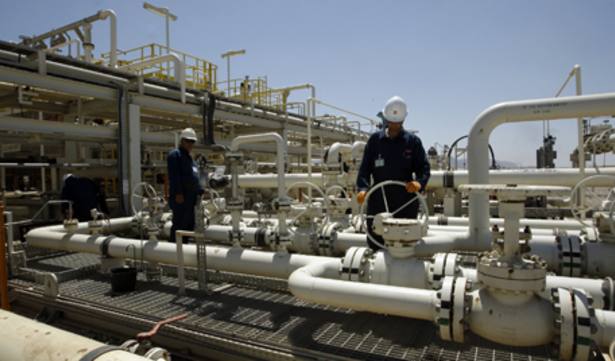However, he says investing in commodities is not for the faint-hearted, as there can be huge levels of volatility and so investors can very quickly make significant gains or losses.
Mr Connolly acknowledges: "This means there is a risk of over-exposure; those who invest in commodities are in danger of being over-exposed to them as most investors will already have exposure to commodities through more broad-based investments they hold."
But he adds that such risks can be reduced by investing in commodity and natural resources funds, which spread investments over different types of commodities, but that even these funds can still be very volatile.
Exposure
As Mr Connolly has already pointed out, most investors will already have exposure to commodities through other investments they hold.
He says: "We’re therefore wary of including additional commodity investments, especially as they can be volatile."
But if investors are particularly keen to add further commodity holdings to their portfolio, he suggests a maximum weighting of 10 per cent.
James de Bunsen, portfolio manager at Janus Henderson Investors, points out that commodities are touted as an important part of a multi-asset manager’s toolkit, but that, in practice, they are difficult to access efficiently.
But gold and other precious metals are the exceptions because exchange-traded products allow investors direct exposure to the physical assets, while bulk commodities like oil, wheat or copper are different, he suggests.
Mr Bunsen explains: “Too voluminous to store, exchange-traded product providers instead invest in futures contracts derived from these underlying commodity prices.
“Unfortunately, there are costs associated with this method of investing, which can lead to materially different return outcomes compared to the underlying spot prices if held for anything more than a few months."
Therefore, he says while gold is usually a good diversifier in a multi-asset fund, with attractive hedging characteristics, broader commodity investments should be traded more tactically or via energy or mining stocks.
He suggests: “In terms of allocation sizes, gold can be volatile and its correlation to equities is variable, therefore we tend to hold less than 5 per cent in our portfolios.”
Gregory Perdon, co-chief investment officer at Arbuthnot Latham, suggests gold via exchange-traded funds is a classic for client portfolios, but that “our preference for gaining exposure to the commodity complex would be via a managed futures fund which can, in theory, profit from both upward and downward trends – all while hopefully best risk-managing the position.”
Change in regime for oil price volatility?
Source:Macrobond, Lyxor Asset Management
Caution
Mark Lacey, head of commodities at Schroders, suggests in real terms commodities now are cheap relative to historical levels.







